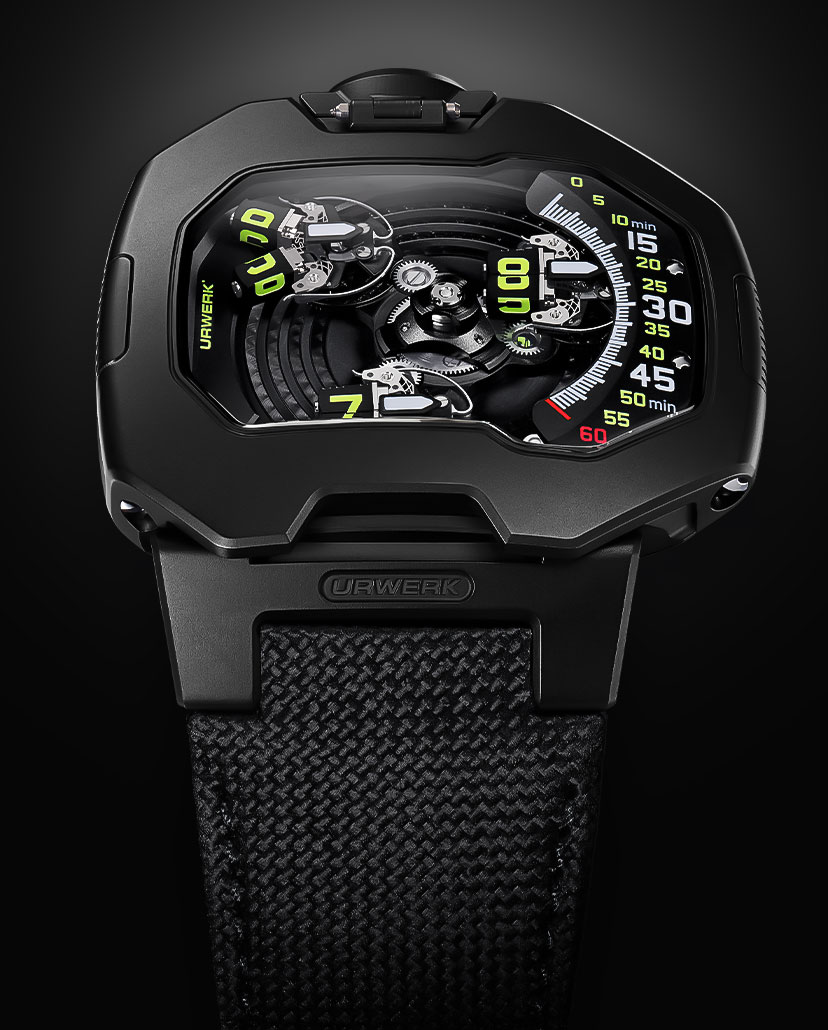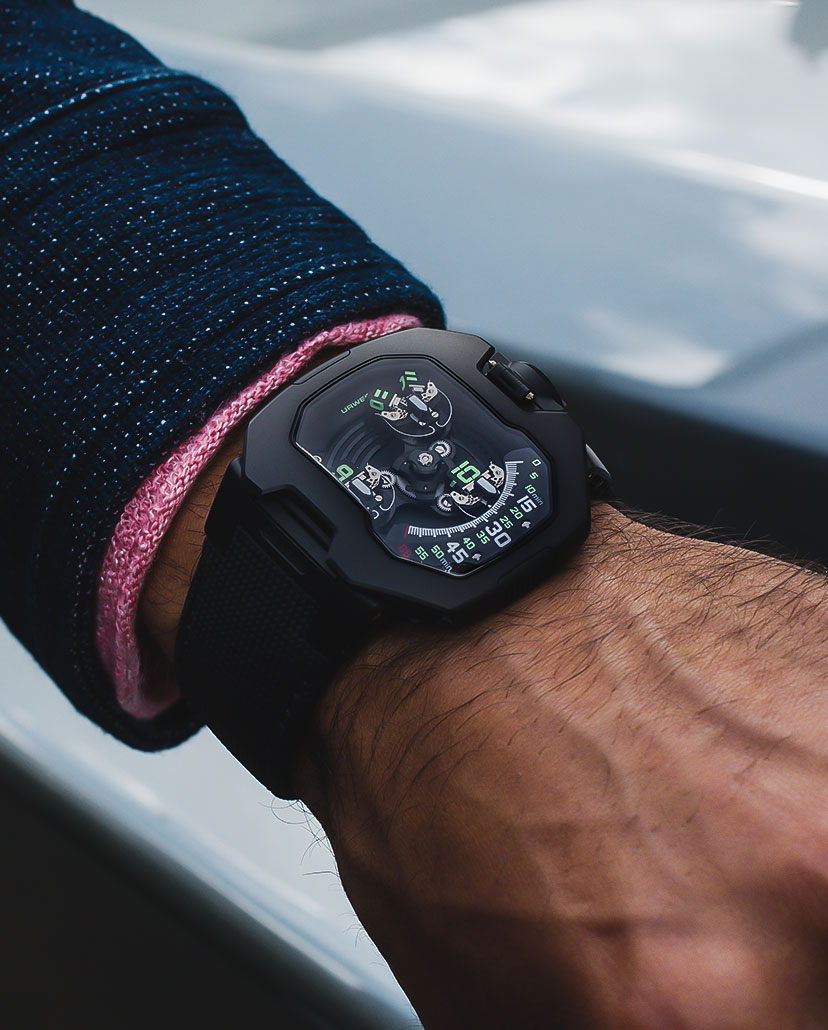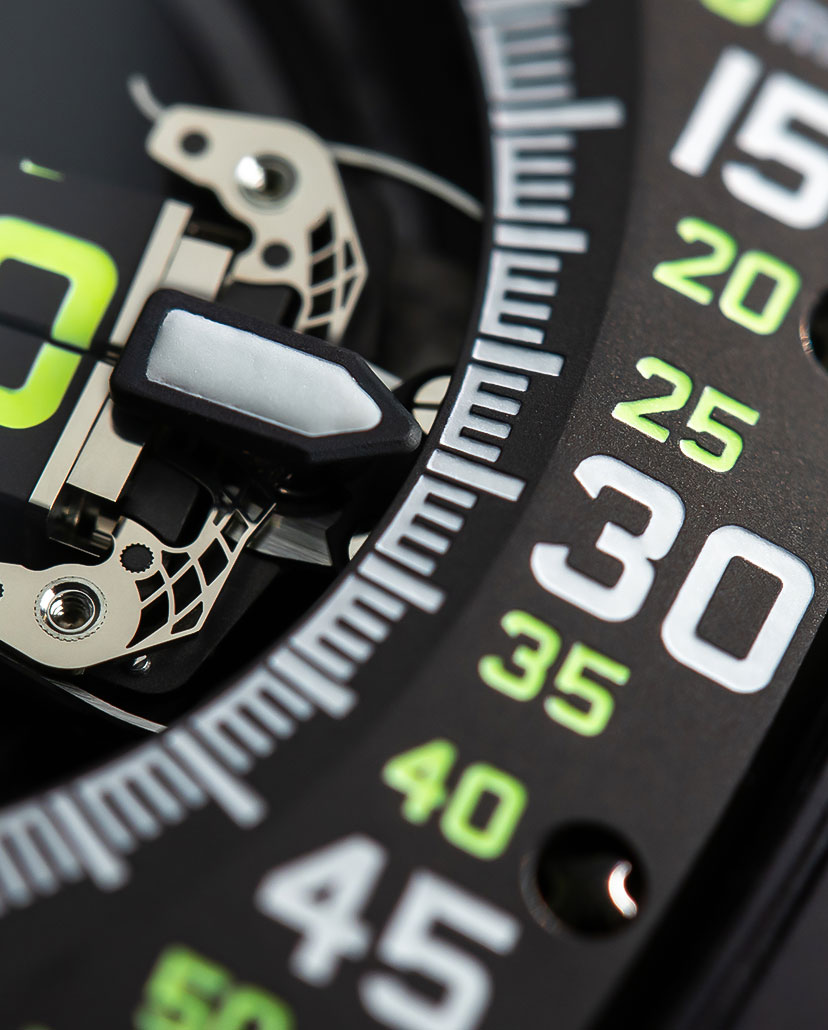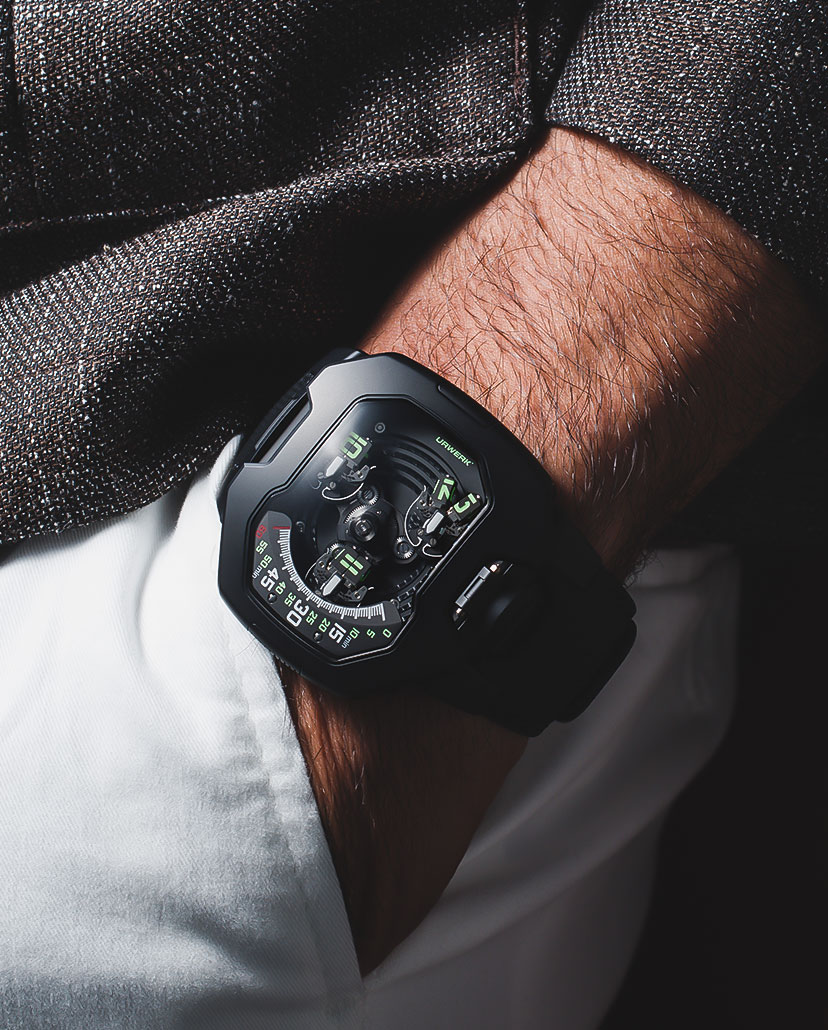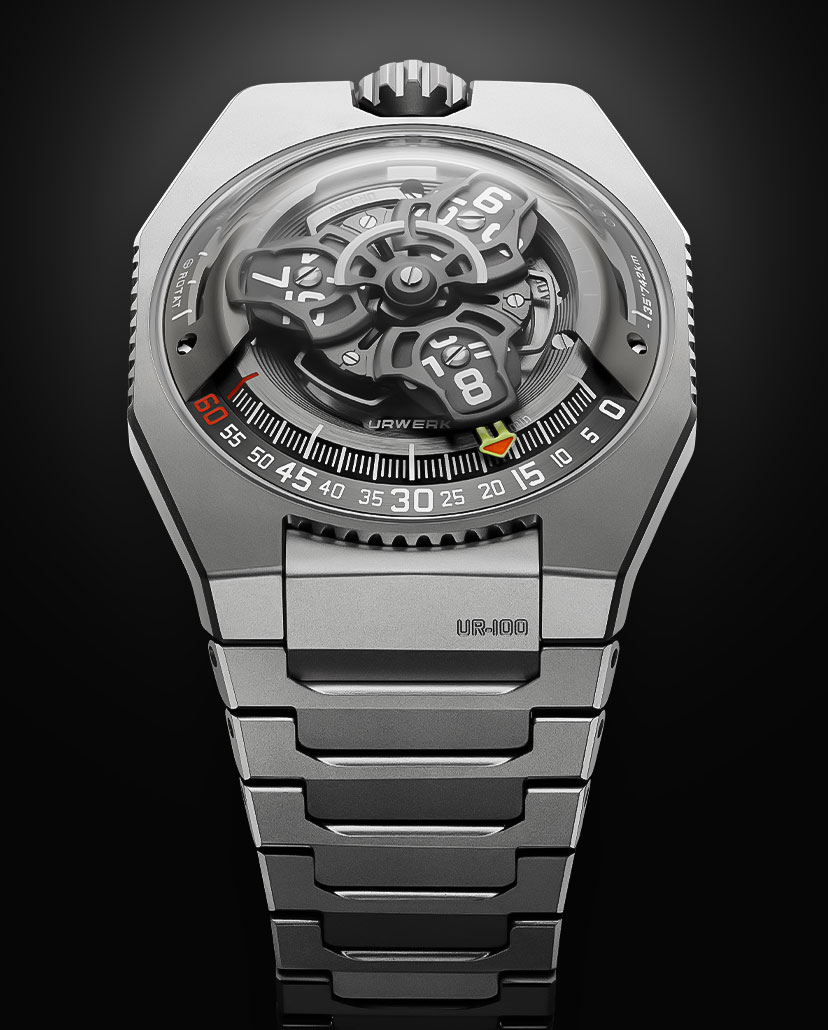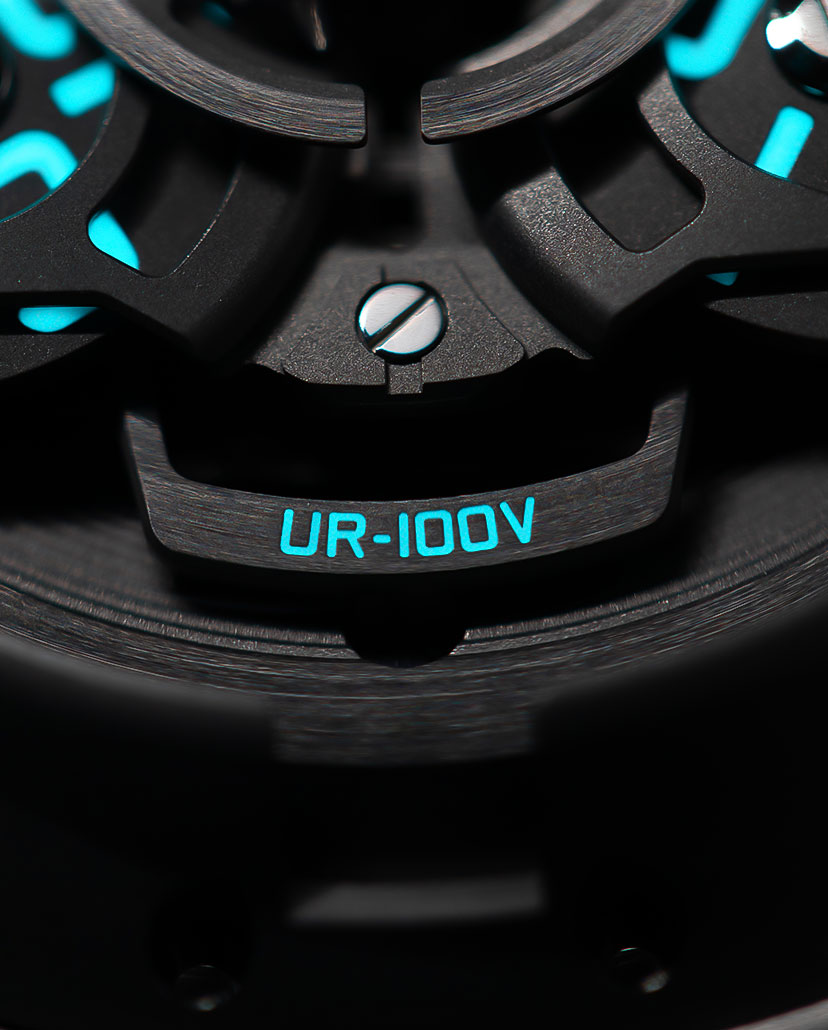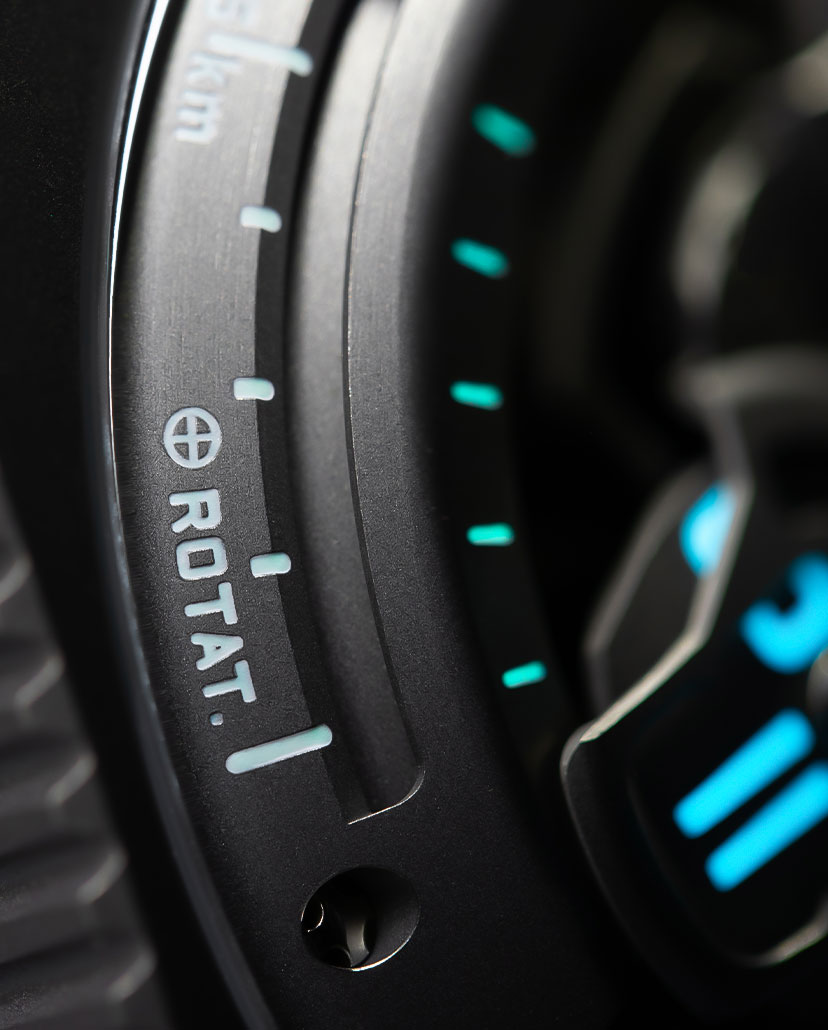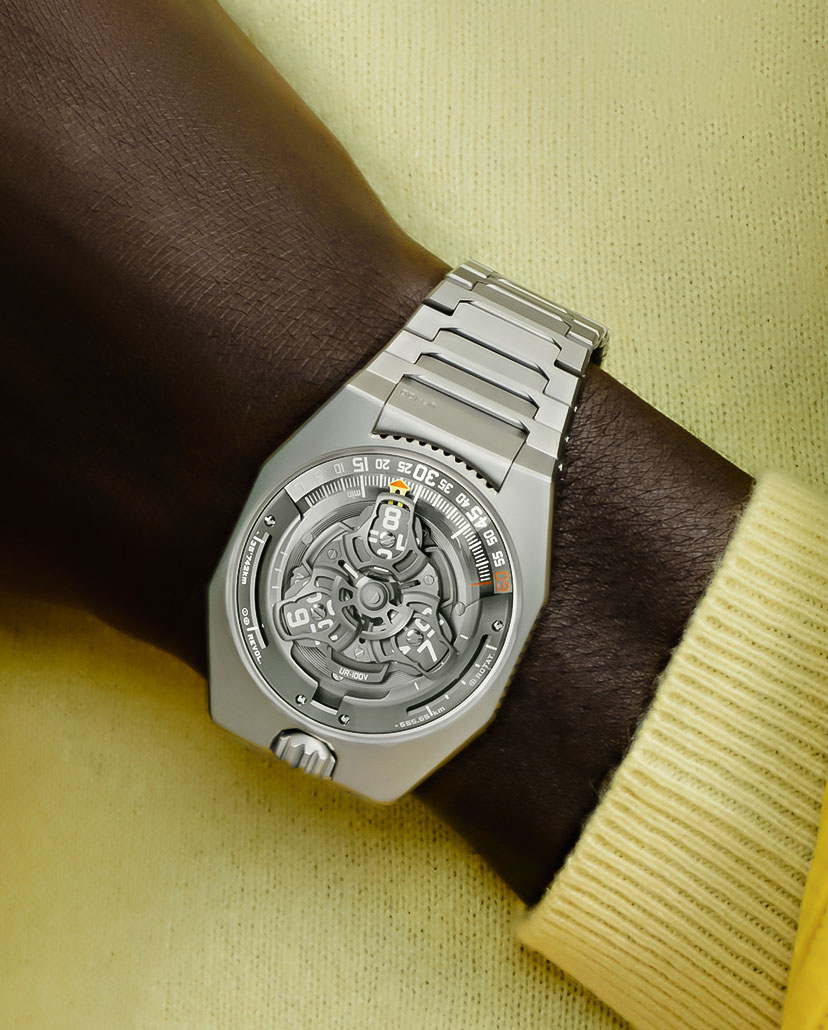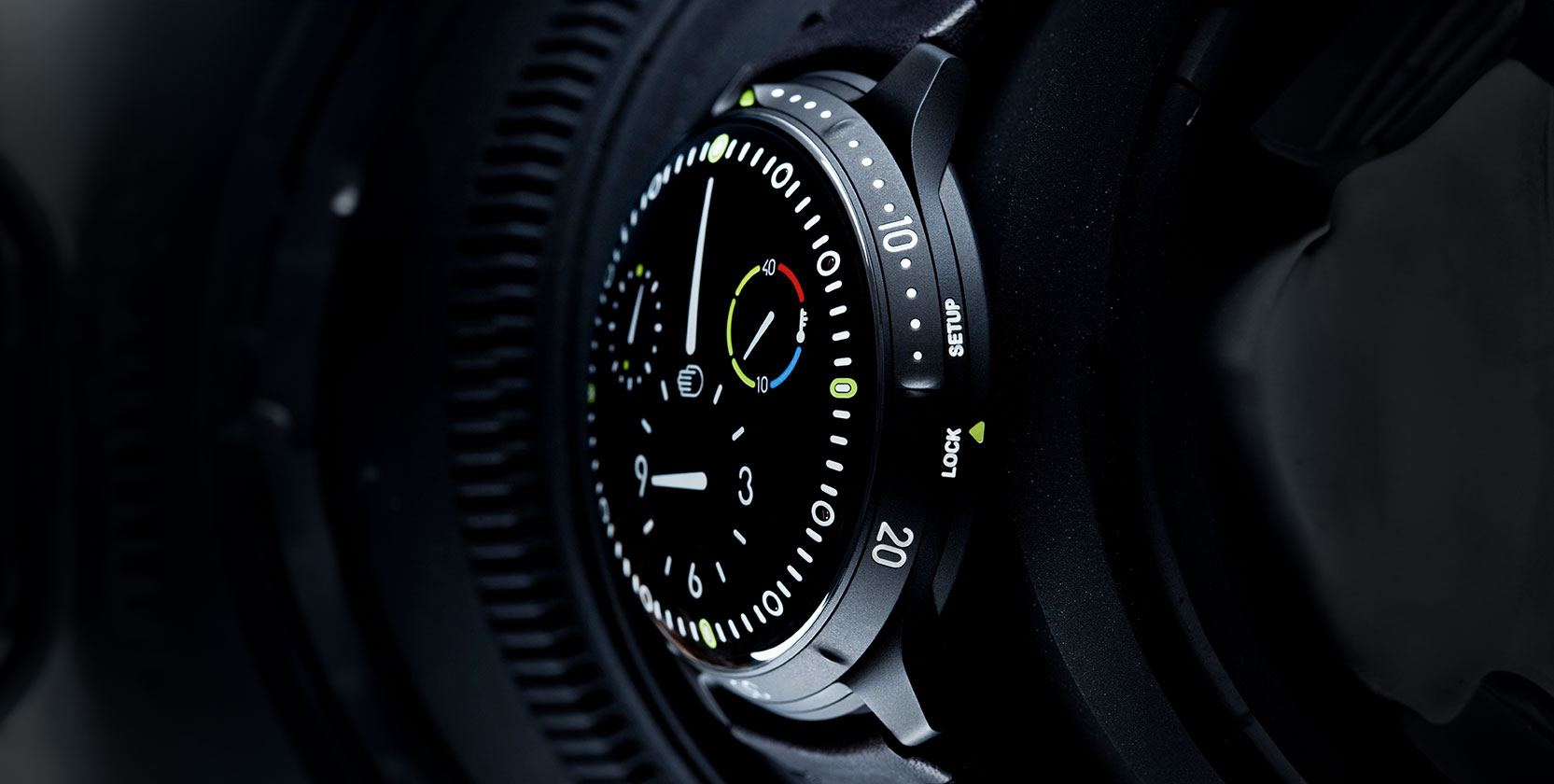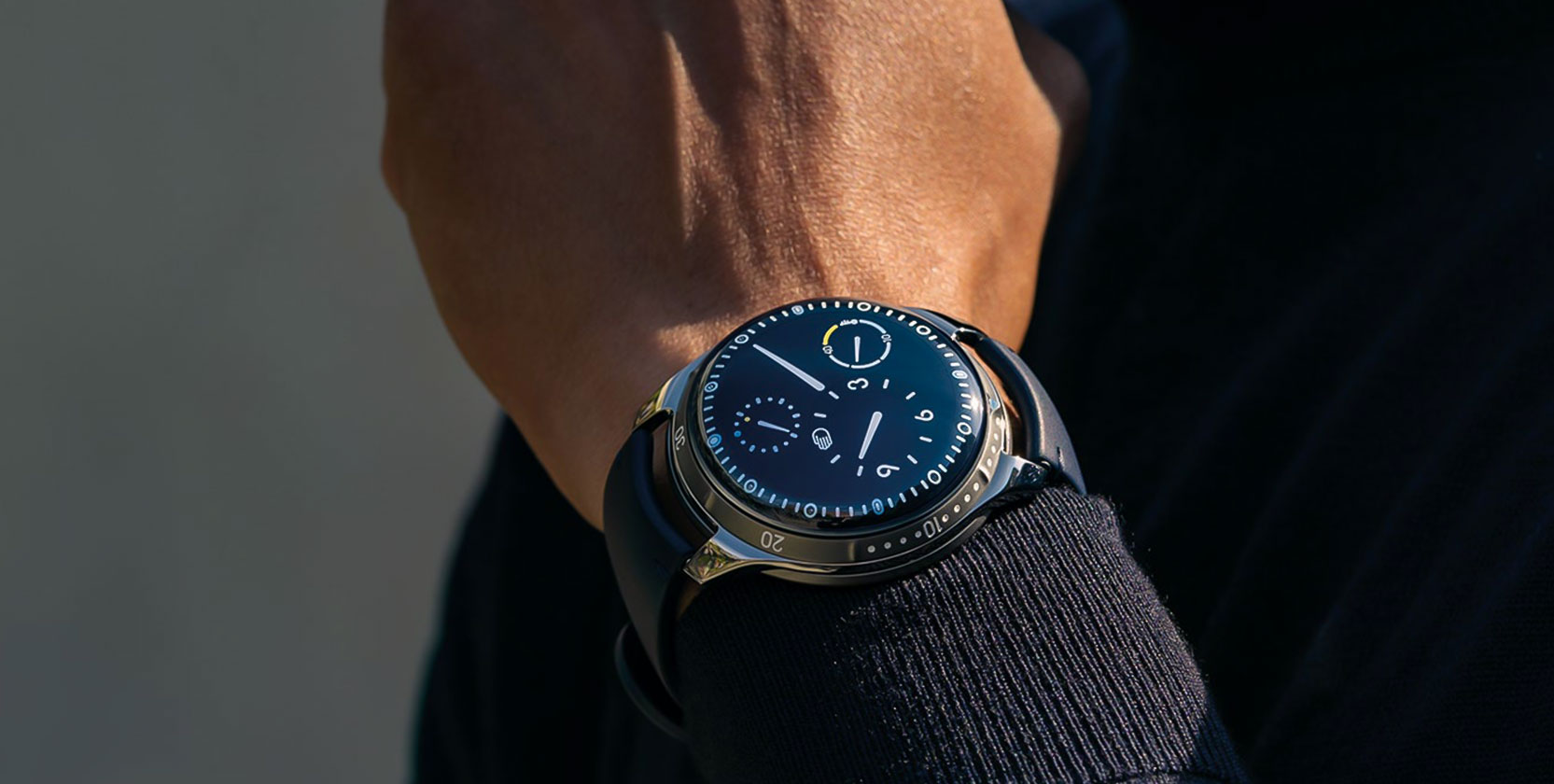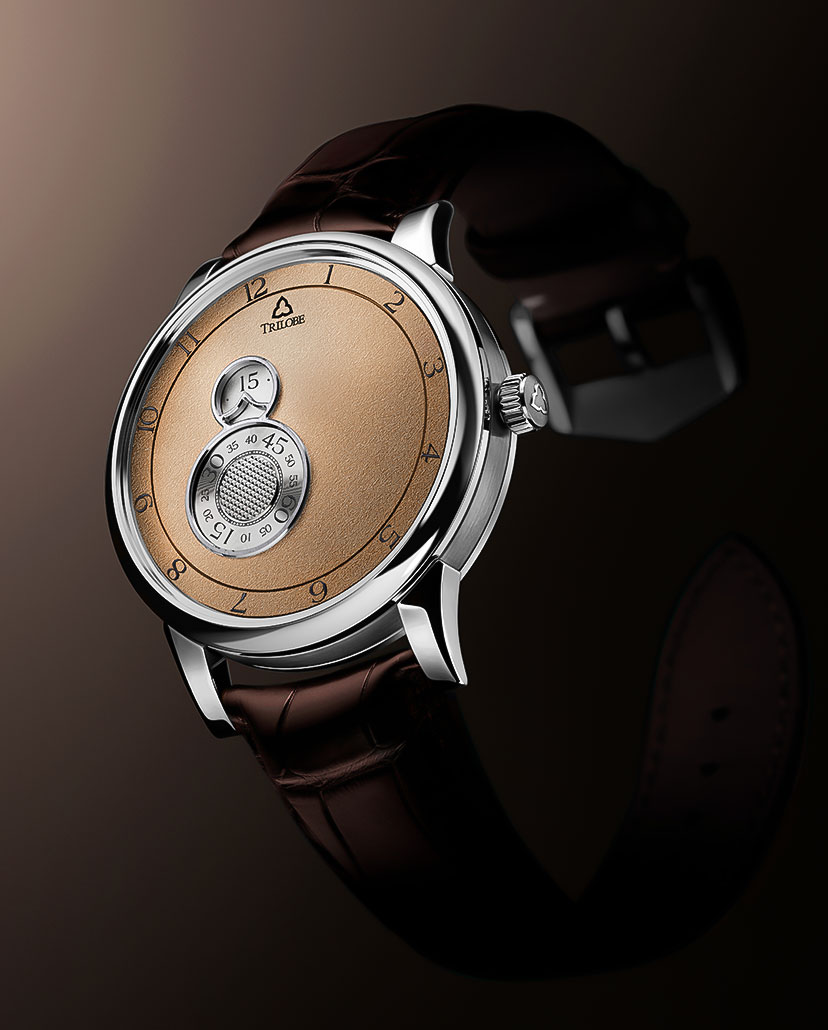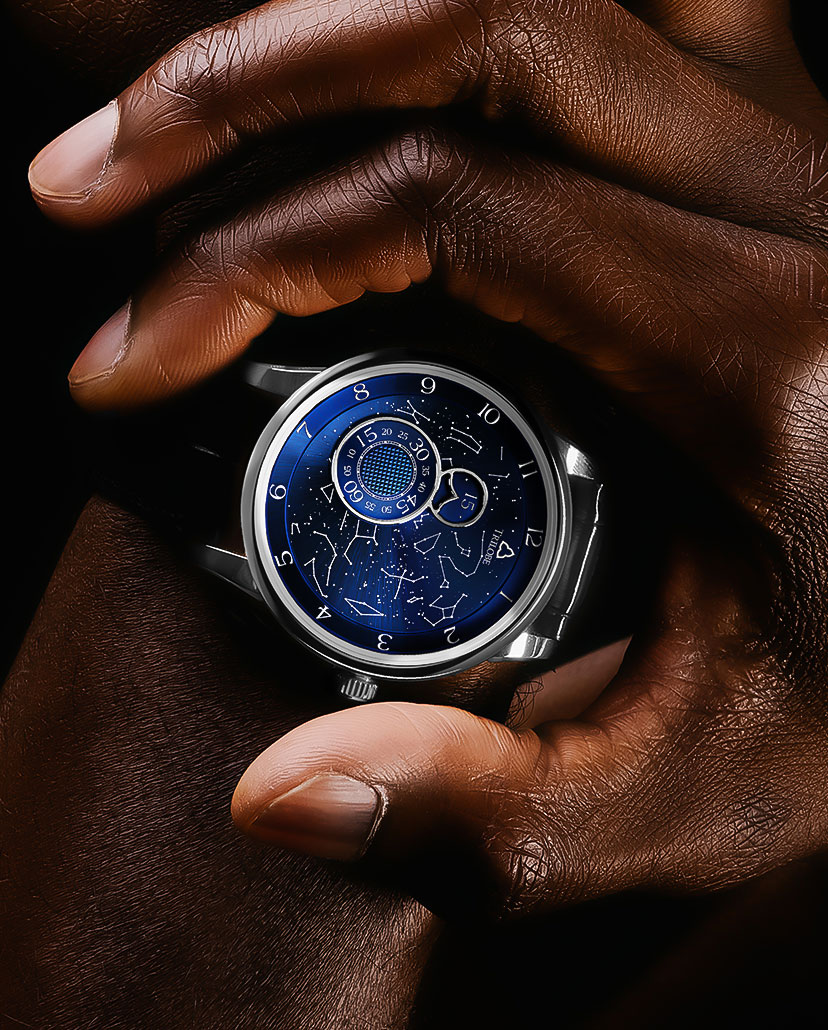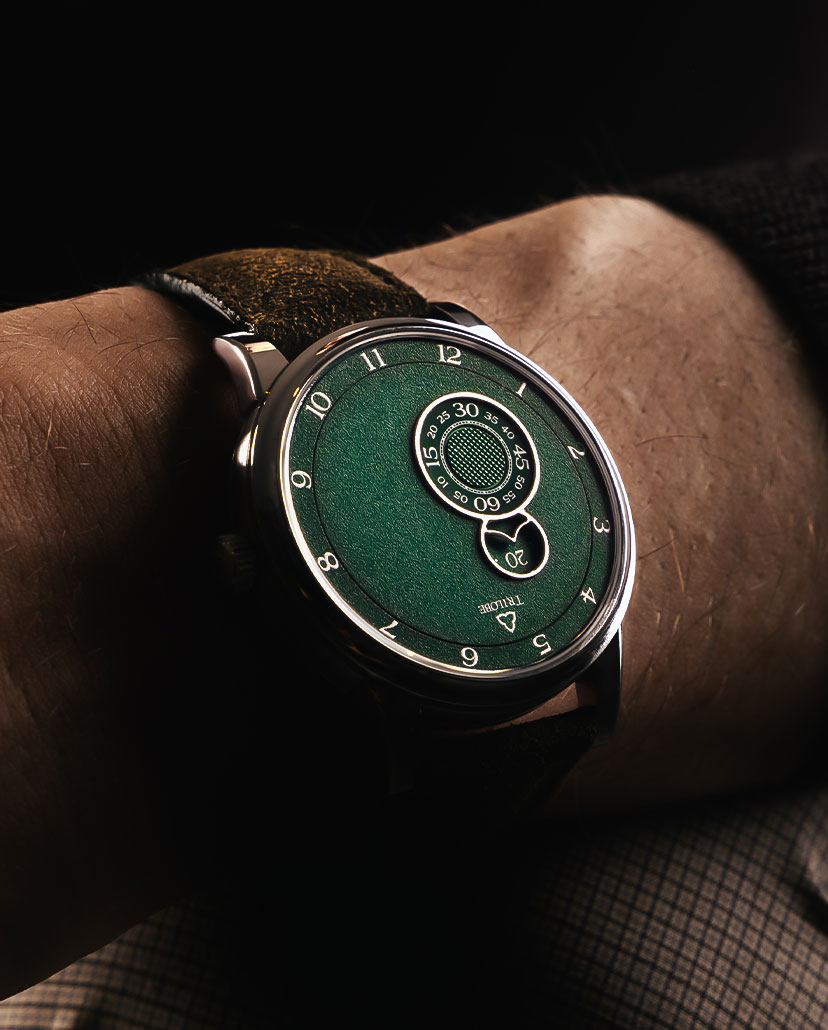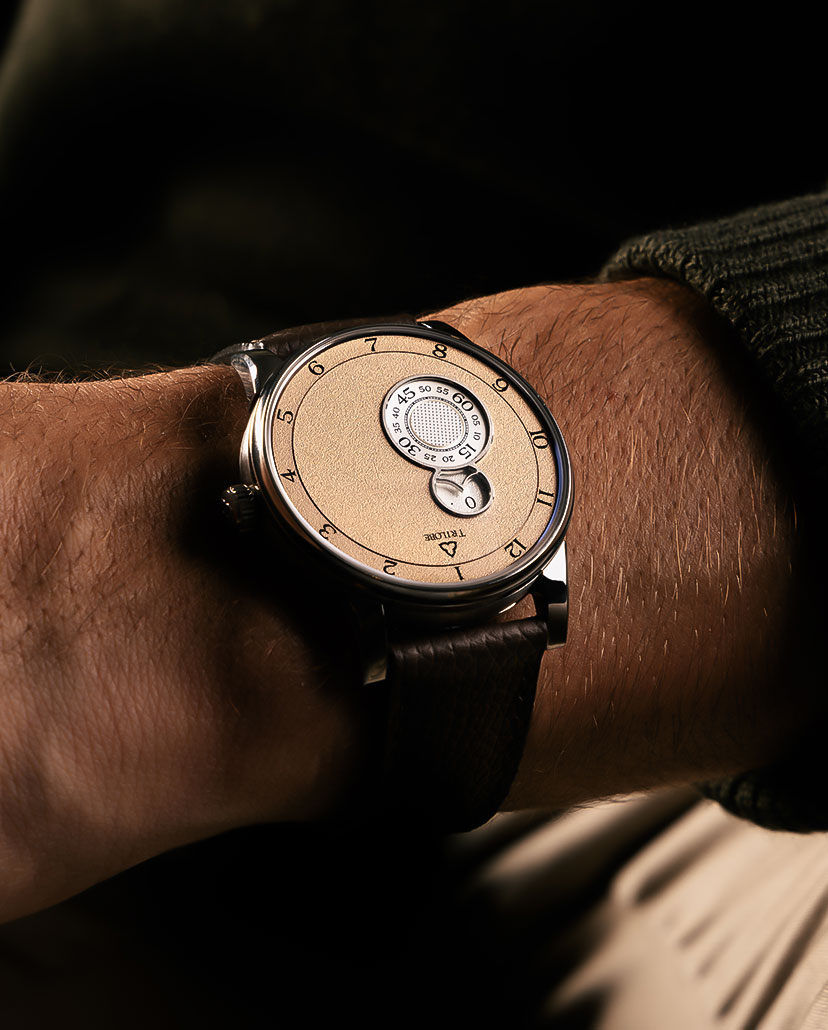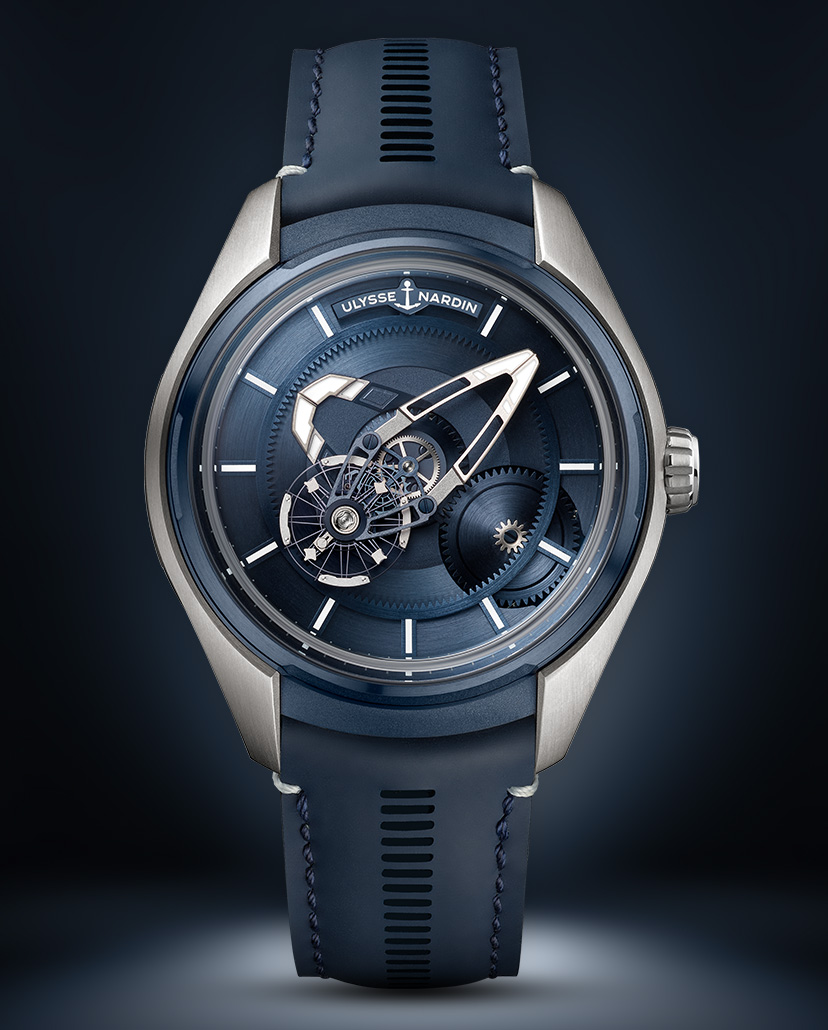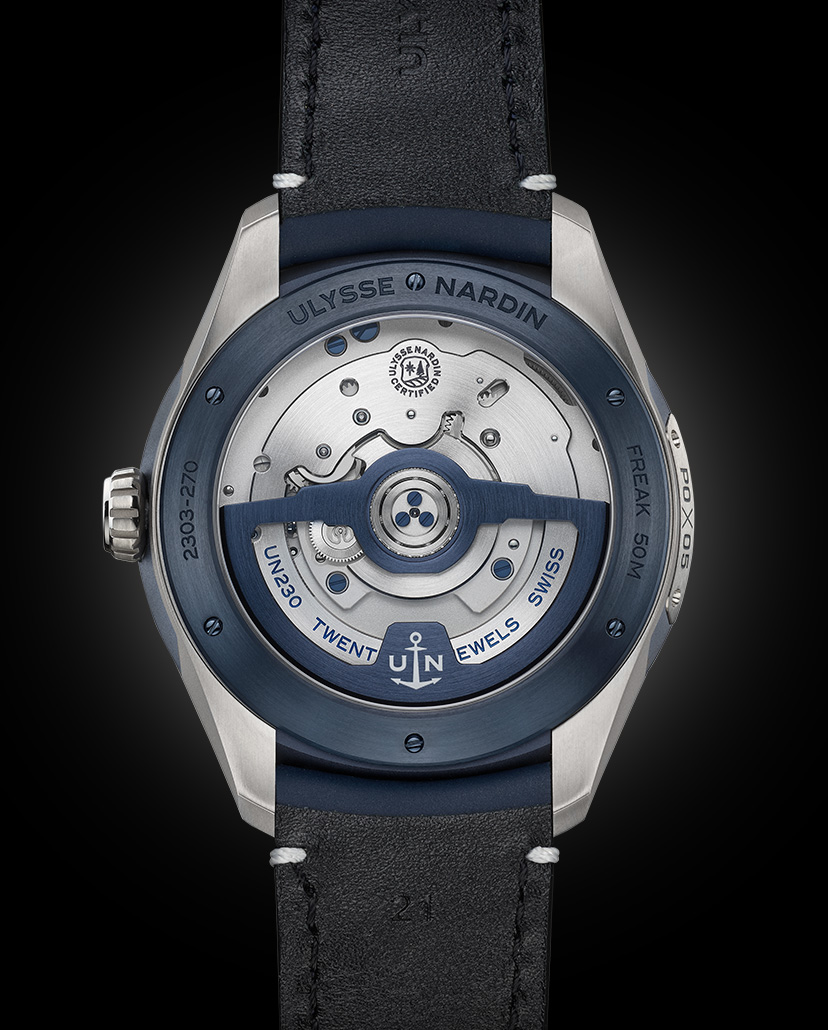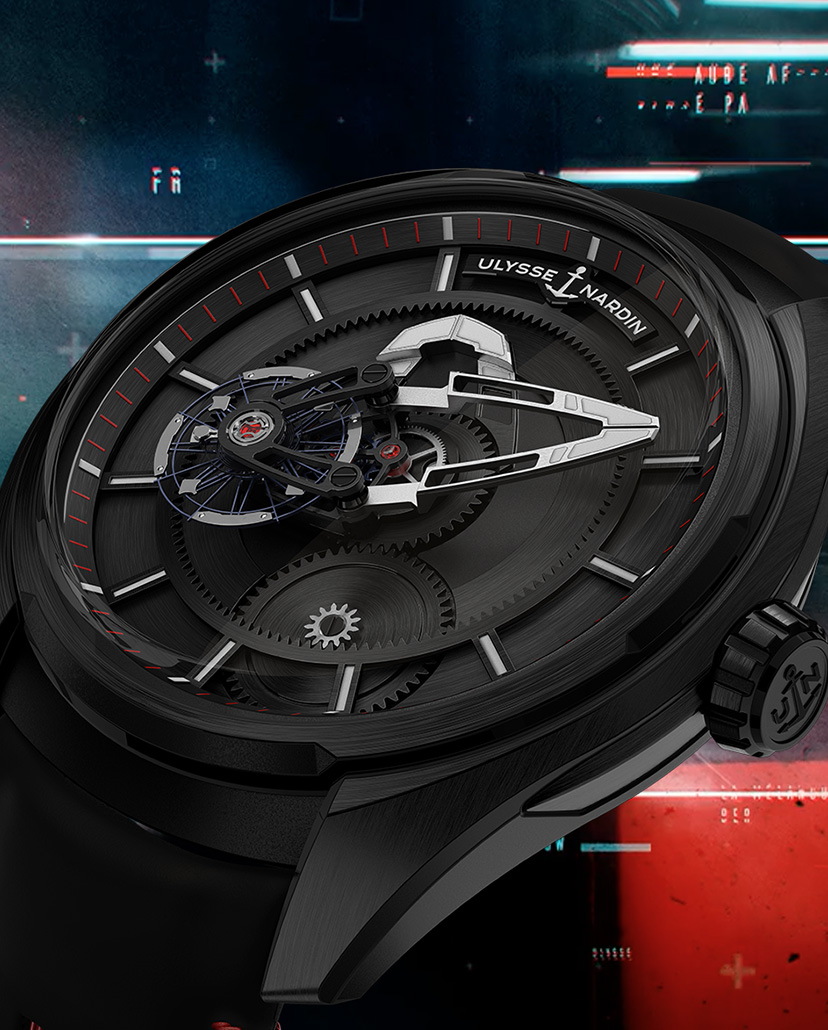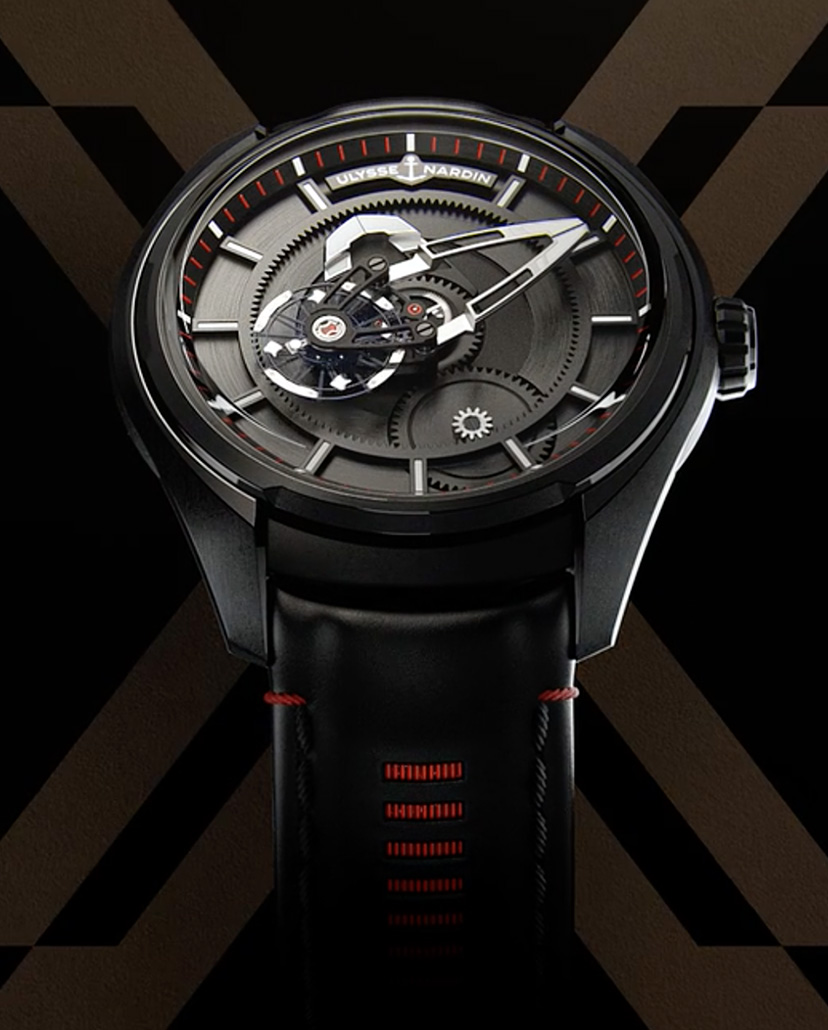Round-UpHow Do You Read Time: A Peek Behind The Unconventional Displays Of Ressence, Trilobe and Urwerk
In the last decade or so, the world of horology has seen unprecedented ways of displaying time on wristwatches, and nobody’s complaining. From Ressence’s patented time display, Urwerk's wandering hours, to Trilobe’s circular discs, let’s take a look at these unconventional displays how the times are a-changin’
May We Recommend
Three hands, a date display at three, and you’re good to go, right? Perhaps even a balance wheel at 12, a tourbillon at six, and maybe even retrograde minutes if you’re really looking to spice things up. Though that may have been the norm for the longest time, the last decade has seen some significant changes in the world of horology, especially when it comes to the displaying of time. The insurgence of newer, more experimental independent brands, and accolades that brands such as Ressence, Urwerk, and Trilobe have already bagged stand as testament to the fact that newer designs are being received well by watch enthusiasts. Today, let’s take a closer look at how the aforementioned brands are changing the landscape with their unconventional displays of time.

Wandering Hours And Unconventional Displays Presented By The Unique Urwerk
When one thinks of astronomical influences in the world of horology, their manifestation usually looks like a moon phase on a watch. For Urwerk, however, their demonstrations of sci-fi, futuristic architecture, and ancient astronomical instruments are unlike anything else out there.
Urwerk were founded in 1997 with one goal—according to the brand—‘to design and craft haute horlogerie timepieces blending tradition with futuristic vision’. Urwerk have been causing a stir in the horological world, and for good reason too. Take, for example, two of their timepieces: the UR-120 and UR-100V.
The UR-120 features ‘satellites’ that display the hours. The 60-minute track on the right side of the timepiece starts at the one o’clock position and ends at five. Once a wandering hour reaches five o’clock, the next one is ready to display the hours starting at one.
That’s not all; the hour satellite mounted on planetary gears splits open, taking on a V-shape. Each of the two studs rotates on its own axis to display one-half of the next numeral. A lyre-shaped spring then shuts off the satellites.
In the UR-100V, telling the time is somewhat the same, though with two new elements that personify the brand’s signature space-time concept. The wandering hour, which coincides with the 60-minute track, tells the time (while the pointer under the hour signifies the minutes).
The added elements feature two special counters. One displays the distance travelled by Earth along its own axis over the course of 20 minutes (555km). This counter is visible between nine and 11 o’clock. The second counter, visible between one and three o’clock, shows the distance travelled by Earth around the sun in the same 20 minutes (5,740km).
When talking about the changing landscape and the newest horological innovations, not mentioning Urwerk would be criminal. Each timepiece is worthy of a detailed dissection.
Take a closer look at other novelties from Urwerk
The Ever-Rotating Dials In The Unconventional Displays Of Ressence
Let’s jump to timepieces from independent watchmaking brand Ressence, founded in 2010. The brand believe that ‘behind their minimalistic design, the true purpose is to provoke wonder’. And boy—how they’ve succeeded!
The brand’s signature move is its patented Orbital Convex System (ROCS). This uses rotating discs with graphical indications, making it seem like the dial itself is in motion. It’s a mesmerising, two-dimensional visual effect that often almost looks digital in nature, which just adds to the mystique.
Some timepieces also feature an oil-filled capsule system to eliminate the visual distortion caused by the reflection and refraction of light (Type 5; pictured below). When wound through the caseback, the sub-dials revolve around themselves. The central hand displays the minutes; some timepieces, such as the Type 5, feature an oil temperature-indicating sub-dial, and running seconds and the hours sub-dial is prominent too, though not fixed to one position.
With innovative measures, such as their interesting time display and the use of oil to counteract the refraction of light to assist divers with better timekeeping, Ressence watches have already been making waves. Other interesting aspects including the e-crown continue to fascinate us, and we’re always excited to see what the future holds for the brand.
Spinning The Wheels Of Time Are The Unconventional Displays Of Trilobe
The youngest brand on this list have garnered an astonishing amount of attention in a very short time. Founded in 2018, the brand have already earned accolades for their unique and unconventional displays of time. For instance, the Nuit Fantastique watches tell the time with a dial comprising a mechanical integration of four circular parts.
It tells the time like this: the outermost ring with hours rotates at the periphery of the dial, and the brand’s logo is fixed at 12 points at the current hour. Two off-centred circles depict the minutes and the seconds, with the one on top being the aperture that tells the minutes, and the seconds being displayed through a disc. Get this: each disc actually rotates counter-clockwise.
Not only have the brand fruitfully experimented with unconventional displays of time, but the gorgeous aesthetics they use along with it work especially well in their favour. For example, the Nuit Fantastique Secret features watches that carry a rendition of the star map for a particular date and place. Personalised, brilliantly executed, deeply meaningful for each person, this line spells sheer elegance.
The Most Aptly Named Watches Of The Lot: Ulysse Nardin’s ‘Freak’
Many of the watches on this list have inspired the horological world in their own ways; however, some may argue that the biggest impact in the world of watches for the 21st century has come through Ulysse Nardin’s “Freak” watches.
The brand’s Freak timepieces are renowned for having no hands, no dial, and no crown. The watches we’re focusing on today, the Freak X timepiece, does have crowns but still no hands or dials.
The reason why these watches don’t, in the traditional sense of the word, have a dial is because the movement is on full display from the front, covering the entire dial. The watch doesn’t have any hands since the movement itself doubles as a minutes hand, with the hour ‘indicator’ actually being set on a rotating disc that sits under the movement.
The minutes hand is topped off with a silicon balance wheel, which is also a defining characteristic of the Freak timepieces. Back in 2001, when the collection was launched, it was the first in the world of mechanical watchmaking to implement the use of silicum, which by this point has become an industry standard when watchmakers look to make timepieces have a higher tolerance to temperature changes.
The innovative use of silicon, the new way of displaying the time, and the absence of a crown (at least in the first Freak timepieces) were why this timepiece had such a major impact in the world of horology.
The emergence of such daring independent brands is fairly new in the world of horology. Be it Russian watchmakers Konstantine Chaykin—with whimsical displays—or Swiss brand Armin Strom, with their incredible unconventional displays that are skeletonised, the boom we’re experiencing in independent watchmaking is nothing short of extraordinary.
Sure, the artistry behind each of these brands’ mechanics and designs is to be marvelled at, but there’s a bigger point to be made here: innovation such as this will only continue. It’s an exciting proposition, which will bring with it some unheard-of ways of telling the time. In a way, brands such as the one’s we’ve focused on today act as the herald of a dynamic era in watchmaking, and perhaps the best is yet to come.


